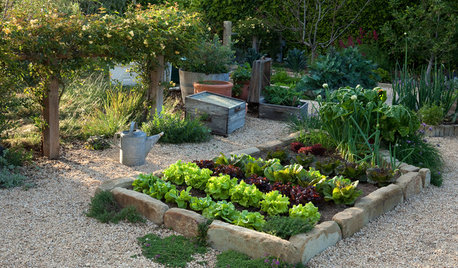Mango, Mamey, and Papaya preserves
corrie22
12 years ago
Related Stories

MOST POPULAREasy Green: 23 Ways to Reduce Waste at Home
Pick from this plethora of earth-friendly ideas to send less to the landfill and keep more money in your pocket
Full Story
HOUZZ CALLWhat’s Growing in Your Edible Garden?
Tell us which fresh crops you look forward to enjoying this summer
Full Story





readinglady
corrie22Original Author
Related Professionals
Essex Landscape Architects & Landscape Designers · Fort Lee Landscape Architects & Landscape Designers · Glendora Landscape Architects & Landscape Designers · Elgin Landscape Contractors · Danvers Landscape Contractors · Fort Atkinson Landscape Contractors · Lewisville Landscape Contractors · Mission Landscape Contractors · New Cassel Landscape Contractors · Spring Landscape Contractors · Mounds View Roofing & Gutters · Wilmette Roofing & Gutters · Winnetka Roofing & Gutters · Eustis Driveway Installation & Maintenance · Fullerton Driveway Installation & Maintenancedigdirt2
corrie22Original Author
digdirt2
corrie22Original Author
digdirt2
readinglady
corrie22Original Author
readinglady
corrie22Original Author
readinglady
corrie22Original Author
digdirt2
corrie22Original Author
readinglady
corrie22Original Author
digdirt2
corrie22Original Author
digdirt2
corrie22Original Author